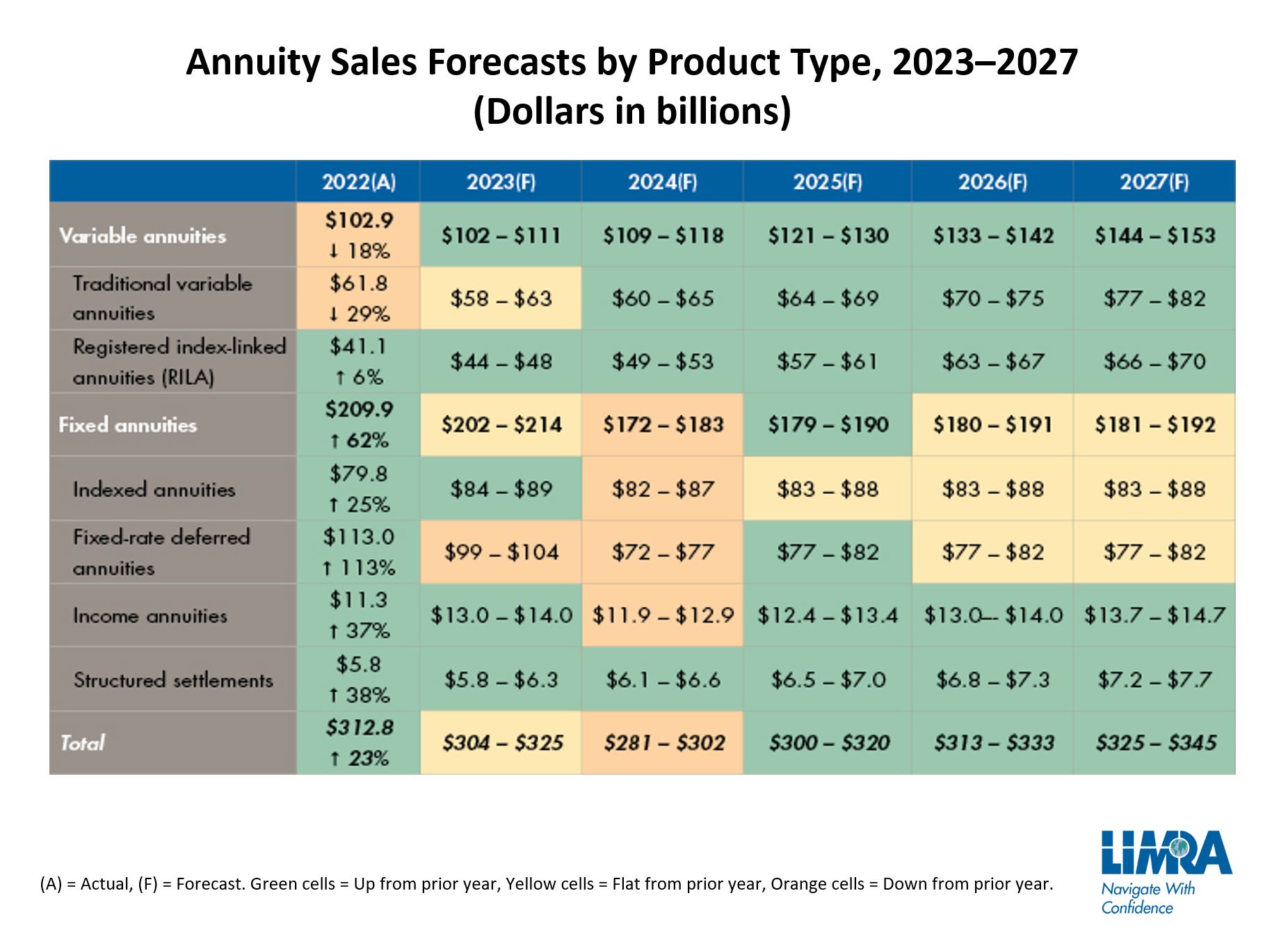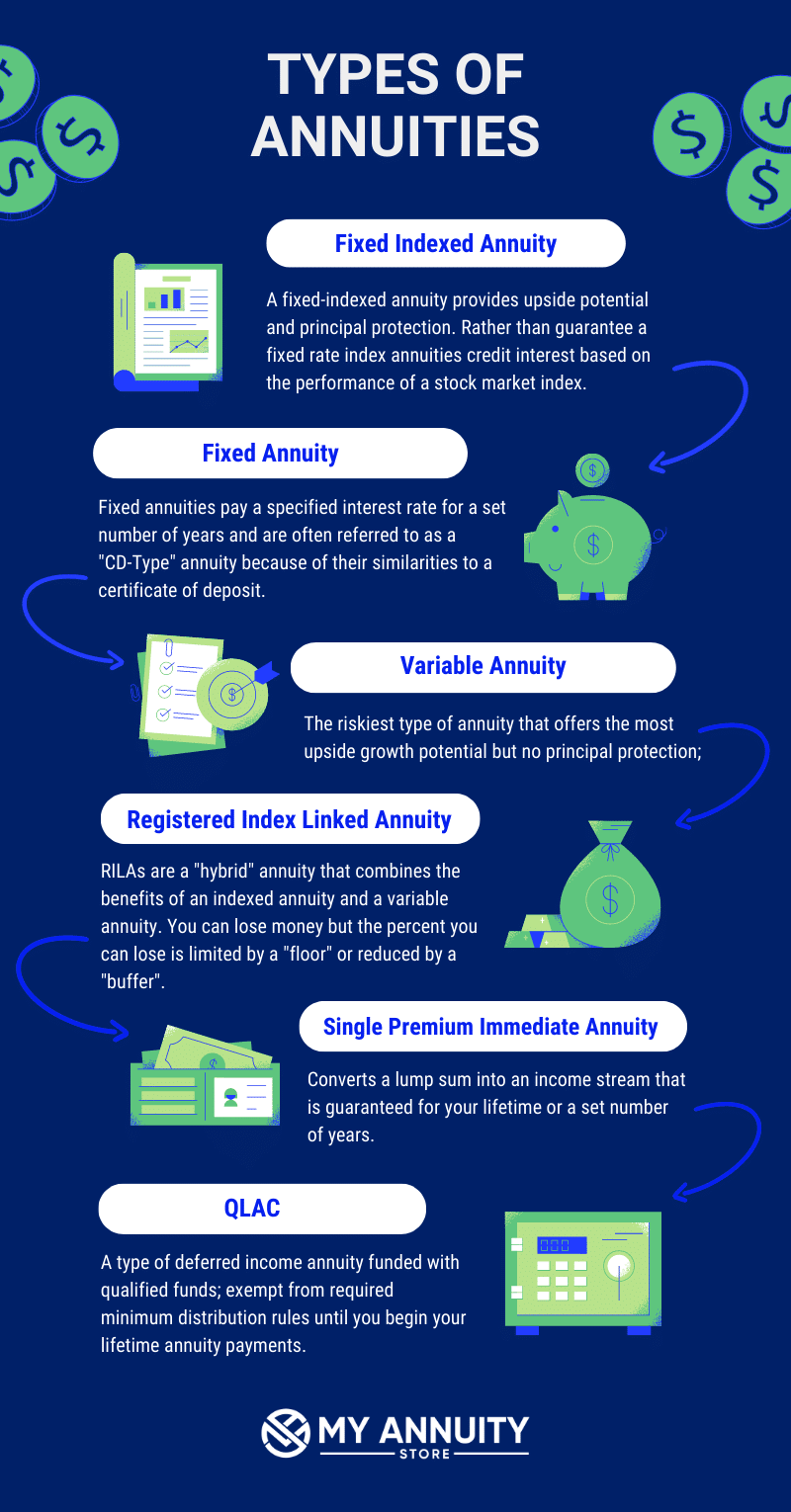All Categories
Featured
Table of Contents
Just as with a dealt with annuity, the proprietor of a variable annuity pays an insurance provider a round figure or series of payments in exchange for the guarantee of a collection of future payments in return. As discussed over, while a taken care of annuity expands at a guaranteed, consistent rate, a variable annuity expands at a variable rate that depends upon the performance of the underlying financial investments, called sub-accounts.

During the accumulation phase, assets bought variable annuity sub-accounts grow on a tax-deferred basis and are strained only when the contract owner withdraws those earnings from the account. After the accumulation phase comes the earnings phase. With time, variable annuity properties ought to theoretically boost in worth until the agreement proprietor determines she or he want to start withdrawing money from the account.
The most substantial concern that variable annuities commonly existing is high expense. Variable annuities have several layers of charges and expenditures that can, in aggregate, create a drag of as much as 3-4% of the contract's worth yearly. Below are one of the most typical fees related to variable annuities. This cost makes up the insurance provider for the risk that it presumes under the terms of the agreement.
Decoding How Investment Plans Work Key Insights on Indexed Annuity Vs Fixed Annuity Defining Fixed Income Annuity Vs Variable Annuity Features of Fixed Annuity Or Variable Annuity Why Variable Annuities Vs Fixed Annuities Is a Smart Choice How to Compare Different Investment Plans: How It Works Key Differences Between Different Financial Strategies Understanding the Key Features of Long-Term Investments Who Should Consider Strategic Financial Planning? Tips for Choosing the Best Investment Strategy FAQs About Fixed Vs Variable Annuity Pros Cons Common Mistakes to Avoid When Planning Your Retirement Financial Planning Simplified: Understanding Fixed Indexed Annuity Vs Market-variable Annuity A Beginner’s Guide to Variable Annuity Vs Fixed Annuity A Closer Look at How to Build a Retirement Plan
M&E expenditure fees are computed as a percent of the agreement value Annuity companies hand down recordkeeping and various other administrative expenses to the agreement proprietor. This can be in the kind of a flat annual fee or a portion of the contract worth. Administrative fees may be included as component of the M&E risk fee or may be examined independently.
These costs can vary from 0.1% for passive funds to 1.5% or more for actively taken care of funds. Annuity contracts can be tailored in a number of ways to serve the details requirements of the agreement owner. Some common variable annuity motorcyclists include assured minimum buildup advantage (GMAB), guaranteed minimum withdrawal benefit (GMWB), and ensured minimal earnings benefit (GMIB).

Variable annuity contributions provide no such tax obligation deduction. Variable annuities tend to be highly inefficient automobiles for passing riches to the following generation since they do not delight in a cost-basis change when the initial contract owner dies. When the proprietor of a taxed investment account passes away, the cost bases of the investments kept in the account are adapted to reflect the marketplace rates of those investments at the time of the owner's fatality.
Analyzing Strategic Retirement Planning A Closer Look at How Retirement Planning Works What Is the Best Retirement Option? Features of Variable Annuity Vs Fixed Indexed Annuity Why Fixed Vs Variable Annuity Pros And Cons Matters for Retirement Planning Fixed Vs Variable Annuities: Explained in Detail Key Differences Between Different Financial Strategies Understanding the Risks of Fixed Interest Annuity Vs Variable Investment Annuity Who Should Consider Strategic Financial Planning? Tips for Choosing Retirement Income Fixed Vs Variable Annuity FAQs About Fixed Income Annuity Vs Variable Annuity Common Mistakes to Avoid When Planning Your Retirement Financial Planning Simplified: Understanding Your Options A Beginner’s Guide to Smart Investment Decisions A Closer Look at How to Build a Retirement Plan
Such is not the instance with variable annuities. Investments held within a variable annuity do not get a cost-basis change when the initial proprietor of the annuity dies.
One significant problem associated to variable annuities is the capacity for conflicts of passion that might exist on the part of annuity salesmen. Unlike a monetary advisor, that has a fiduciary responsibility to make financial investment decisions that profit the customer, an insurance coverage broker has no such fiduciary obligation. Annuity sales are very financially rewarding for the insurance policy experts that sell them due to high upfront sales payments.
:max_bytes(150000):strip_icc()/VariableAnnuitization-asp-v1-5dedf8fee4694d8dacd2ac7eb7b0757e.jpg)
Lots of variable annuity agreements consist of language which positions a cap on the portion of gain that can be experienced by specific sub-accounts. These caps prevent the annuity proprietor from totally taking part in a section of gains that could otherwise be enjoyed in years in which markets create substantial returns. From an outsider's perspective, it would seem that financiers are trading a cap on financial investment returns for the abovementioned guaranteed floor on financial investment returns.
As noted above, surrender fees can badly restrict an annuity owner's capability to move properties out of an annuity in the early years of the contract. Further, while a lot of variable annuities allow agreement proprietors to take out a defined quantity during the accumulation stage, withdrawals past this amount generally lead to a company-imposed fee.
Withdrawals made from a set rates of interest investment choice could also experience a "market value change" or MVA. An MVA changes the worth of the withdrawal to show any changes in rates of interest from the moment that the cash was bought the fixed-rate choice to the time that it was taken out.

Frequently, also the salespeople who sell them do not totally comprehend exactly how they function, therefore salespeople often take advantage of a customer's emotions to market variable annuities instead of the qualities and suitability of the items themselves. Our team believe that investors must completely comprehend what they possess and just how much they are paying to own it.
Breaking Down Deferred Annuity Vs Variable Annuity A Closer Look at How Retirement Planning Works What Is the Best Retirement Option? Advantages and Disadvantages of Indexed Annuity Vs Fixed Annuity Why Choosing the Right Financial Strategy Matters for Retirement Planning How to Compare Different Investment Plans: A Complete Overview Key Differences Between Different Financial Strategies Understanding the Key Features of Annuities Fixed Vs Variable Who Should Consider Strategic Financial Planning? Tips for Choosing the Best Investment Strategy FAQs About Planning Your Financial Future Common Mistakes to Avoid When Planning Your Retirement Financial Planning Simplified: Understanding Fixed Income Annuity Vs Variable Annuity A Beginner’s Guide to Smart Investment Decisions A Closer Look at Fixed Annuity Or Variable Annuity
Nevertheless, the very same can not be said for variable annuity possessions kept in fixed-rate investments. These possessions legally belong to the insurance provider and would for that reason go to danger if the company were to stop working. Similarly, any guarantees that the insurer has actually consented to provide, such as an assured minimal revenue advantage, would remain in concern in the event of an organization failure.
Consequently, potential buyers of variable annuities should comprehend and think about the economic problem of the providing insurer prior to becoming part of an annuity contract. While the benefits and disadvantages of numerous types of annuities can be questioned, the actual concern bordering annuities is that of suitability. Simply put, the question is: who should possess a variable annuity? This concern can be difficult to answer, given the myriad variants available in the variable annuity world, but there are some fundamental standards that can help investors decide whether annuities must contribute in their monetary plans.
After all, as the saying goes: "Caveat emptor!" This short article is prepared by Pekin Hardy Strauss, Inc. Retirement planning with annuities. ("Pekin Hardy," dba Pekin Hardy Strauss Wealth Management) for educational objectives just and is not meant as an offer or solicitation for organization. The information and information in this short article does not make up lawful, tax obligation, bookkeeping, financial investment, or various other expert suggestions
Table of Contents
Latest Posts
Highlighting Fixed Income Annuity Vs Variable Growth Annuity A Closer Look at How Retirement Planning Works Defining the Right Financial Strategy Pros and Cons of Fixed Annuity Vs Variable Annuity Why
Decoding How Investment Plans Work A Comprehensive Guide to Investment Choices Breaking Down the Basics of Variable Annuities Vs Fixed Annuities Advantages and Disadvantages of Fixed Income Annuity Vs
Breaking Down Your Investment Choices Everything You Need to Know About Financial Strategies Breaking Down the Basics of Tax Benefits Of Fixed Vs Variable Annuities Features of Smart Investment Choice
More
Latest Posts